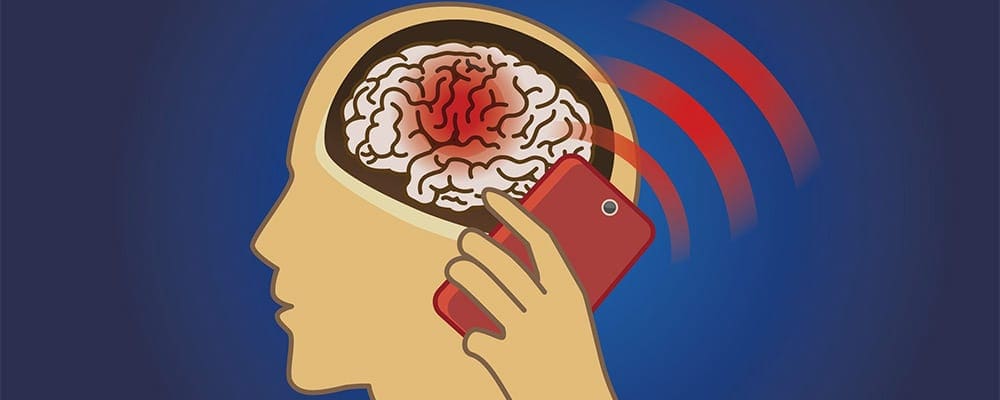As you’ve seen me write about elsewhere on this blog, there is a large and growing body of science demonstrating significant negative health effects from exposure to even relatively low levels of EMF radiation"Radiation" in the context of Electromagnetic Fields (EMF) refers to the process by which energy is emitted and transmitted through space or a material medium in the form of electromagnetic... – like that which you’d be exposed to from a cell phone. And many of you have emailed in asking: how is it legal for cell phones to emit such harmful forces? Don’t we have SAR ratings to protect us?
It’s a great question. And it’s one that I’m going to attempt to answer in this post.
And I’m going to start by explaining how cell phones are regulated, and then I’m going to explain how they’re not really regulated at all, and how the regulations fail to protect us against health risks.
Thermal Effect
To start, it’s important to remember the thermal effect of EMF, which I have written about at greater length elsewhere on this blog.
The thermal effect is the name for when you are exposed to so much EMF (aka, electromagnetic radiationElectromagnetic radiation refers to the waves of the electromagnetic field, propagating through space, carrying electromagnetic radiant energy. It includes a wide range of electromagnetic waves, from very long radio waves...) that it actually heats your body. If the EMF is powerful enough, it will burn you. This is exactly how a microwave oven works – these ovens emit microwave EMF radiation with so much force it cooks your food.
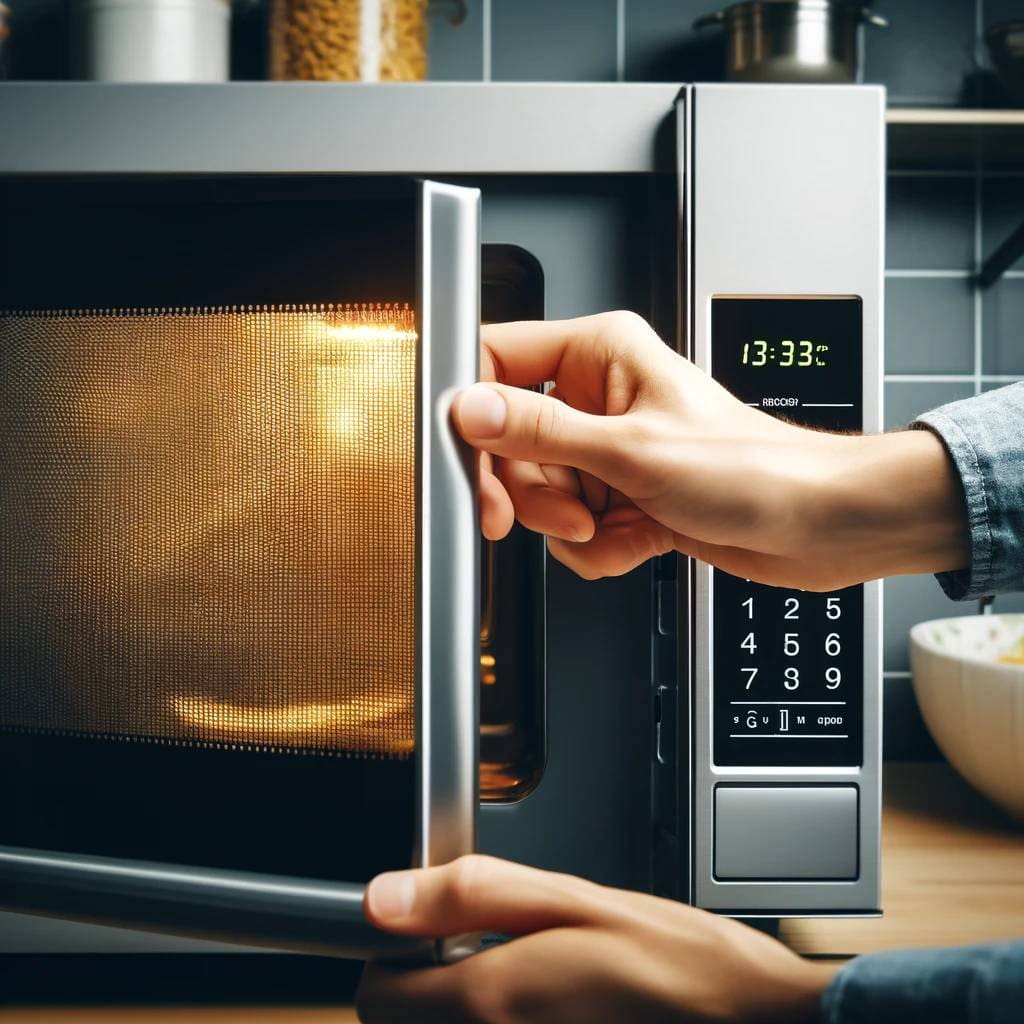
Cell phones emit a lot less radiation than your microwave oven. So cell phones don’t “cook” you the same way a microwave oven cooks food.

Want to Slash Your EMF Health Risks?
Want to Slash Your EMF Health Risks?
Good! Learn the one small change you should make right now.
But even when EMF radiation isn’t so powerful that it burns you, it can still heat your body causing real damage, including damaged and mutated DNA and cell death.
So, even if something doesn’t emit enough heat to burn you, it can still do a lot of damage to your cells – and that damage can turn into diseases, such as cancer.
And so, to start, it’s important to realize that all cell phone EMF regulations and safety standards are designed to prevent your phone from emitting so much EMF radiation that it actually triggers the thermal effect.
In this way, all cell phone EMF regulations are designed to prevent immediate damage from the thermal effect.
Now, that’s important – you definitely want to protect against the thermal effect.
But, it’s not sufficient.
Because these regulations do not protect you against the non-immediate health risks that science has demonstrated from exposure to non-thermal levels of EMF radiation from devices like cell phones. (And there are quite a few of these health risks; in fact, each and every health effect I discuss in this post is documented to result from non-thermal exposures.)
So when people ask me why cell phones are permitted to emit levels of EMF radiation that have been shown to be a real health risk, this is my answer: because these regulations are designed to protect you against immediate damage from the thermal effect – and literally, nothing else.
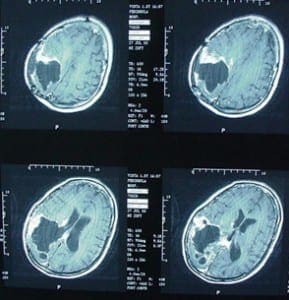
So, these regulations are based on standards that are insufficient to protect you from diseases and other health risks that are not immediately apparent, or that take many years to form.
That’s one critical flaw in contemporary EMF safety standards.
However, these regulations fail to accomplish even this limited goal.
And to understand that, the next thing we need to discuss is SAR.
What is SAR?
You’ve probably heard the term ‘SAR’ before. Because SAR is how cell phone radiation is labeled. What is SAR and what does it mean for regulations?
SAR stands for Specific Absorption Rate. It is a measurement of the rate at which electromagnetic radiation energy is absorbed by something (generally, human tissue). So SAR is an assessment of how much radiation your body absorbs from a cell phone.
And that word, absorbs, is an important one.
So, when you hear that an iPhone XR has a SAR of 1.13 watts per kilogram of tissue (W/kg), that is a measurement of how much radiation is absorbed by the human head.
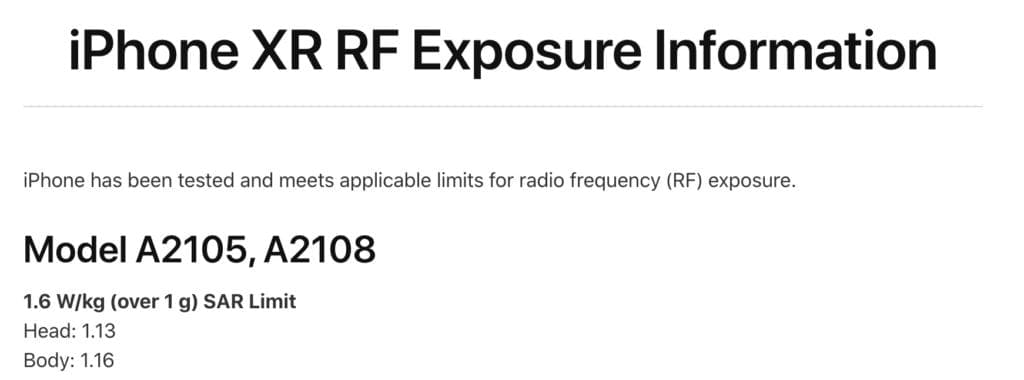
Except, that’s not really what it tells you. Not even close.
Because there are a lot of problems with SAR.
Problems with SAR
Whose Absorption is Reflected in SAR?
As I mentioned, SAR is a measurement of absorption. Instead of telling you how much radiation your phone emits, it tells you how much radiation your body absorbs from your phone.
In theory, this is a much more useful metric – after all, that’s what you really care about: how much radiation your body is absorbing from your phone.
Except that’s not what SAR actually measures.
Because SAR doesn’t measure how much radiation you absorb from a phone – SAR measures how much radiation was absorbed by a dummy.
And it’s not just any dummy.
The dummy is called SAM (which stands for Specific Anthropomorphic Mannequin) and it’s based on a man who is 6’2” (1.88 meters) and 220 lbs. (99.7 kg).
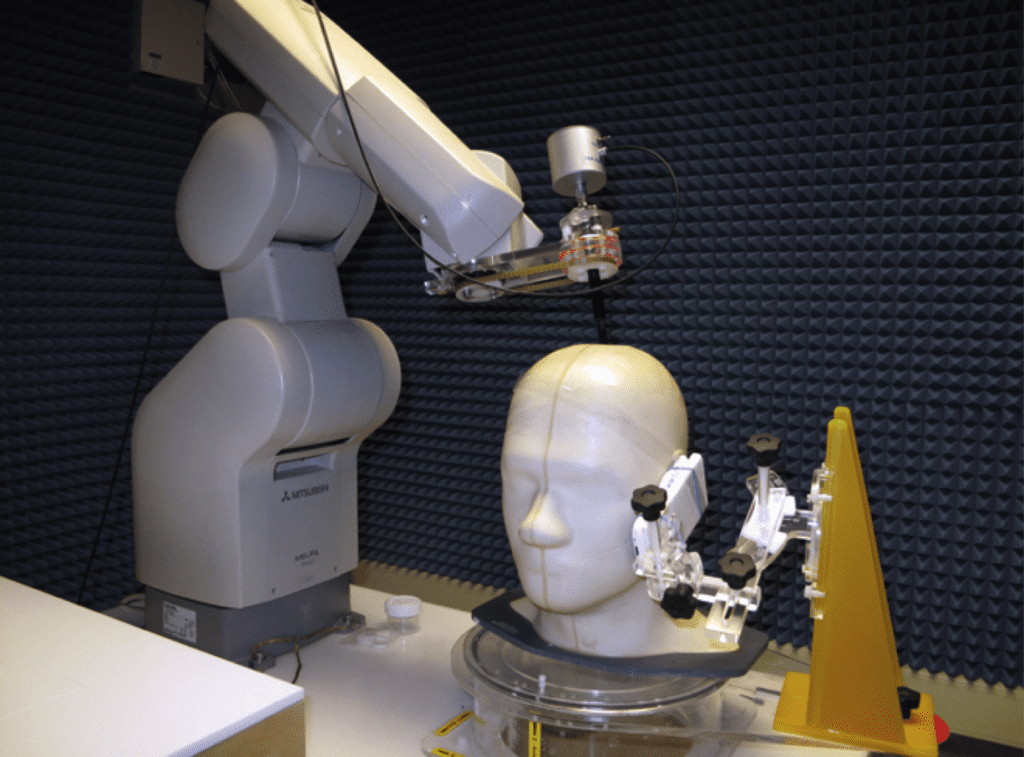
SAM estimates a body that is bigger and heavier than 97% of the population.
This means that 97% of the population will absorb more radiation than SAM does in these SAR tests.
(And children – who are much more vulnerable to damage and health risks from cell phone radiation – are vastly smaller than SAM.)
Who Tests for SAR?
In the United States, the primary regulator of EMF emissions from consumer electronics is the Federal Communications Commission (FCC). (In other countries there are governmental bodies that perform a similar role to the FCC.)
It is the FCC that sets the legal SAR limit: “The FCC limit for public exposure from cellular telephones is a SAR level of 1.6 watts per kilogram (1.6 W/kg).”
While the FCC sets the legal limits for a device SAR rating, the FCC doesn’t actually test any phones.
Who tests the phones for SAR?
The manufacturer of the phone!

So, for example, when Apple publishes their SAR value for the iPhone, that SAR value is from Apple’s own testing!
That’s like letting a child grade all his own tests.
So, it should not be surprising when we find that the manufacturers lie about SAR.
As one example, we have France’s Phonegate controversy.
Between 2012 and 2016, France’s National Frequency"Frequency" in the context of electricity, Electromagnetic Fields (EMF), and wireless communication, can be thought of as the number of times something happens in a second. Specifically, it refers to... Agency (ANFR – the French equivalent of the FCC) tested 379 different models of cell phones for their radiation emissions. In 2017, the ANFR was compelled by a court order to release the data they had collected. And the French government found that 89% of the tested phones exceeded their reported radiation emission levels.
That’s almost 9 in 10 phones that were tested were found to exceed their published SAR values.
And (unsurprisingly) this issue is not limited to France. In 2019, the Chicago Tribune decided to commission their own tests of 11 different smart phones at the RF Exposure Lab in San Marcos, California. And they found that, for example:
“Radiofrequency radiation exposure from the iPhone 7 — one of the most popular smartphones ever sold — measured over the legal safety limit and more than double what Apple reported to federal regulators from its own testing.”
Similarly, in 2018, the government of Canada took the previously-unprecedented step of recalling a cell phone – the Alcatel U50 – from the market because its emissions exceeded the legal limits.
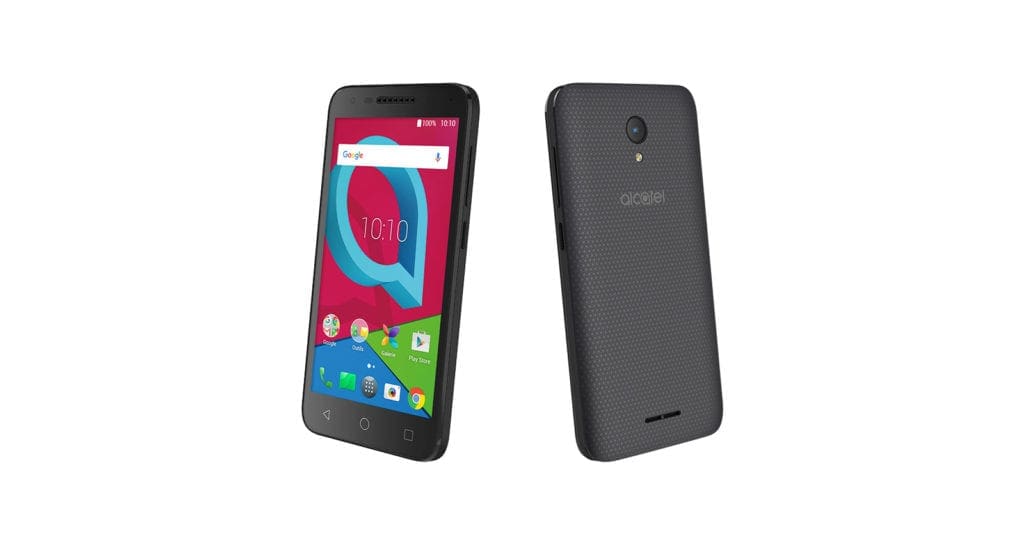
By letting the manufacturers test and determine the SAR values for their own hardware, the regulatory agencies like the FCC create a situation in which cell phone manufacturers are permitted – even incentivized – to lie, distort, and misrepresent the actual EMF radiation absorption values for their devices.
How Was the Phone Positioned During the SAR Test?
Another critical variable in SAR testing is the location of the phone.
As I’ve discussed many times on this blog, the power of EMF diminishes exponentially with distance.
So whether a phone is held directly against your body, or whether it’s held even a small distance away from the body, can have a massive impact on how much radiation you actually absorb.
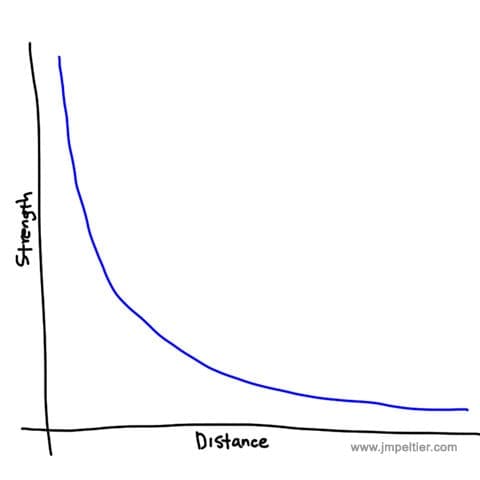
And, make no mistake: cell phones are designed by the manufacturers to be held right up against your head. (That’s not how you should use them, but it is how they are designed to be used.)
And so many people carry phones in their pockets, too. Because it’s so convenient. And the manufacturers do not sufficiently warn people not to do that.
But, because these companies are responsible for testing their own devices, they get to choose the position of the phone during the test. And as I said, the position really makes a big difference in how much radiation you absorb.
Now, you might think it would make sense for them to test the phones directly against the body. Because that’s how these devices are designed to be used and carried.
And, if that’s what you think the manufacturers actually do, you’d be mistaken.
Because, for example, Apple explains that they test body SAR with a 5mm separation between the phone and the body. (And in other models of iPhones, they have advised that the minimum distance should actually be double that – 10mm.)
This is why SYB Healthy Living Tip #8 is Always Read the Fine Print.
And this leads us to what Dr. Devra DavisDr. Devra Davis is a renowned epidemiologist and environmental health advocate who has made significant contributions to raising awareness about the potential health risks associated with electromagnetic fields (EMF) and... called “The Dirty Secret of Cell Phone Testing” and what it means in particular for the health of our brains, and for sperm.
What Wireless Connections Were Actually Active During the SAR Test?
Dr. Davis eloquently and powerfully expresses some of the biggest issues with the way that SAR is determined and regulated and enforced.
Because, as we’ve seen, legal limits are based on SAR values that do not reflect the way we use technology in daily life, and thus what our exposures really are.
And, Dr. Davis further points out that the way that many of us actually use phones (against our heads and in our pockets) leaves us particularly vulnerable to health risks from these exposures. Because of the biological nature of sperm and the brain.
But, the problems with SAR go even deeper than that.
SAR is a measurement of emissions from the cell phone radio card.
And this cell phone connection is a big source of EMF.
But that’s just one. And not the only one.
Most phones also have WiFi. And BluetoothFrom the perspective of someone concerned about the health effects of electromagnetic radiation, understanding Bluetooth radiation is crucial, especially in our increasingly wireless world. Bluetooth technology, ubiquitous in our daily.... And GPS. There’s near fieldIn the context of electromagnetic fields (EMF), the term "field" refers to a region in space where electric and magnetic forces are exerted. An electromagnetic field is generated by electrically... communication (NFC), which is what your phone uses to make contactless payments. There’s wireless charging.
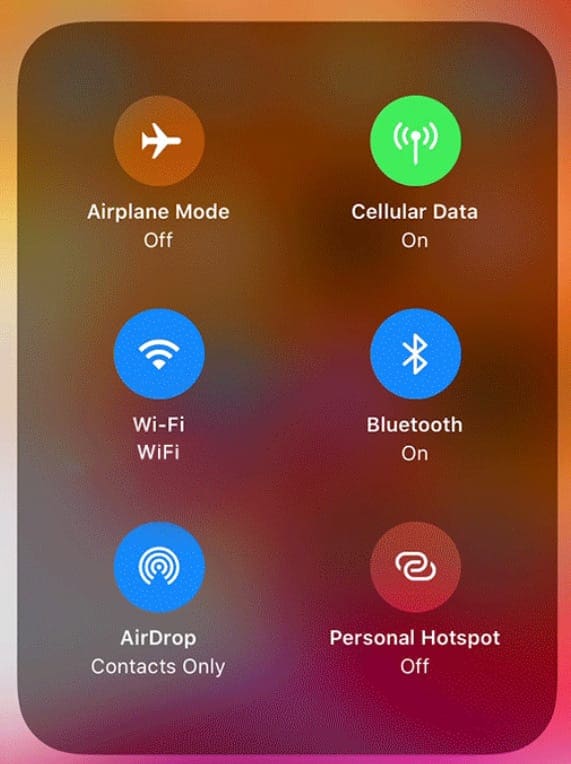
But the official SAR value for your phone doesn’t capture those other sources of wireless emissions.
Each individual source of EMF in your phone needs to be under the legal limit of 1.6 W/kg. But these measurements do not account for the fact that many of us have all of these wireless connections running at once – and serving as a source of EMF radiation exposure.
And that brings me to another fundamental flaw in using SAR as the basis for safety regulations.
Regulations Based on SAR Account for a Single Exposure
Let us, for the sake of argument, assume that the FCC standards are sufficient to protect humans. (As you can see in this post, that isn’t true. But let’s pretend it is for a moment.)
Here’s the problem with that.
Even if these SAR limits were safe, they are designed to provide safety from exposures from single sources.
In other words, the FCC limits are designed to protect you against the health risks of using a cell phone.
The thing is, with the explosion in wireless technology, people are increasingly exposed to EMF radiation from multiple sources, simultaneously.
Such as when you use a cell phone, in a public location, in proximity to multiple other cell phones, covered by over a dozen WiFi networks, in a room surrounded by electrical wiring, and in proximity to electrical appliances – all of which are emitting additional EMF.
In today’s world, we are literally never exposed to EMF from a single source. More often, it’s dozens or (especially in cities) many hundreds of sources of EMF at once.
So, even if standards set by regulatory bodies like the FCC were sufficient to protect against the potential health effects of using a cell phone, they do not even attempt to consider overall exposures from multiple devices concurrently, which is what people are exposed to in real life.
These simultaneous exposures are called concurrent exposures, and they are entirely unregulated.
Cumulative Exposures are Unregulated
And it’s not only concurrent exposures that are unregulated by how SAR is used.
Cumulative exposures are also completely ignored by this regulatory system.
Concurrent exposures are your exposures from multiple sources at the same time. Your cumulative exposure is the total amount of radiation you are exposed to over time.
Because, not only are we exposed to EMF from multiple sources at almost every moment, but we have these exposures, day in and day out, over the course of our lives. And in general, these increase over the course of our lives, as more and more of this technology is deployed into the environment (this is why concurrent and cumulative exposures are a major health risk of 5G).
But safety regulations completely ignore this. To the FCC, using a cell phone for six hours a day, five days a week, for thirty years bears the same risk to your health as using it once, for a five-minute call.
That’s the ludicrous limitation of regulations that are solely designed to protect you from immediate and severe damage.
SAR is Designed to be Unverifiable by Consumers
So I’ve covered a lot of the flaws associated with SAR-based regulations for cell phone radiation emissions.
But there’s one more I want to cover. Because I’ve never actually seen this discussed, and from my work with thousands of different customers, I realize it’s a really important one.
SAR is a measurement of radiation absorption. The machines and test rigs that are required to measure SAR are expensive. Incredibly expensive. Tens or hundreds of thousands of dollars.
What this means is that you are not going to buy one.
No, the devices that people like you and I use to measure EMF do not measure radiation absorption. They measure radiation emissions.
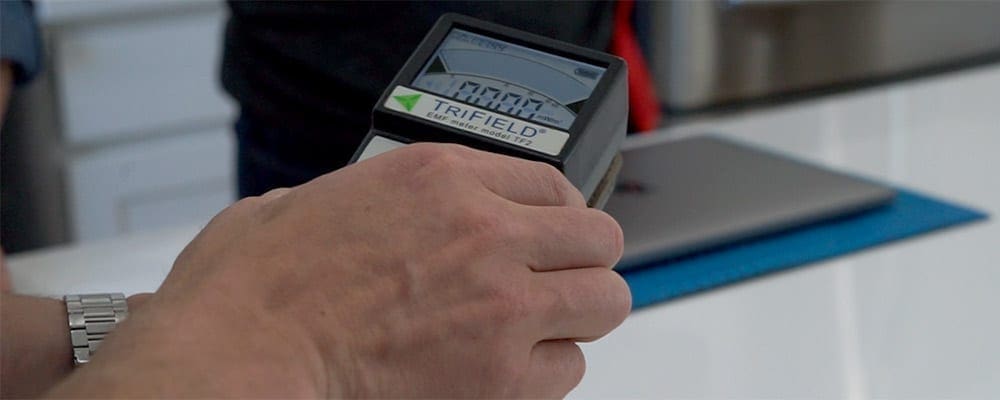
We do not measure how much radiation our bodies absorb from a cell phone. We can measure how much radiation our cell phone is emitting. (And I have a whole section of this website dedicated to showing people like you just how to do EMF testing for yourself.)
And because radiation absorption and radiation emissions are two different things – and because all of our bodies are so different – you can’t really translate emissions levels to absorption levels.
In other words, people like you and me have no way of even trying to verify the radiation claims of cell phone manufacturers.
Because the tools we have access to aren’t even capable of measuring absorption.
I communicate with hundreds of people every month who use their home meters to verify my product claims. But not one of those people can even attempt to verify the radiation claims of any electronics manufacturer in the world.
Because of this, consumers can hold my company, SYB, to a higher standard than they can hold a multi-billion dollar company like Apple! It’s insane!
If regulations were based on emissions, we could use a decent consumer-grade EMF meter (that costs around $150) and test for ourselves, to compare what we measure against the manufacturer’s claims.
And it’s not just consumers. It’s also scientists. If you examine the massive and growing body of scientific literature about EMF health effects, you’ll notice that the vast majority of studies discuss radiation emissions, not absorption.
So, as a result, it is incredibly difficult to link the established science of EMF exposure to actual radiation levels from specific devices – because they use entirely different types of measurement!
And in this way, SAR is not only flawed, but the regulatory regime based around SAR is designed to disempower consumers, obscure science, and obstruct our ability to hold these manufacturers accountable for their claims.
And that’s how situations like Phonegate can happen so easily.
Because the regulatory system relies on companies to self-report their own measurements, creating the incentive for firms to lie; and the reliance on absorption instead of emissions means very few of us can double-check these values for ourselves.
SAR is Fundamentally Flawed – and That’s Bad For Your Health
The safety standards on which regulations are based are vastly insufficient.
When protections are designed to keep you safe from the thermal effect, they are only designed to protect you from immediate and severe damage to your health. There are no protections against damage from any longer-term health effects, like the numerous diseases linked to cell phone radiation that I write about on this blog.
But more than that, because of how they are designed and enforced, these regulations don’t even protect what they claim to protect. In other words, safety standards based in SAR don’t even protect you against the thermal effect.
These SAR-based regulations for cell phone radiation:
- Are based on the absorption of a model that is not reflective of 97% of humanity;
- Are based on an arbitrary and misleading positioning of the cell phones they are measuring;
- Are tested by the manufacturers themselves, instead of by regulators or independent third parties;
- Ignore concurrent exposures from multiple sources;
- Ignore cumulative exposures over the course of your life;
- Are based on measurements that no average person– or scientist– can verify for themselves.
And that’s why I say that cell phone radiation is not regulated.
Because, when you consider all these factors together, it isn’t.
